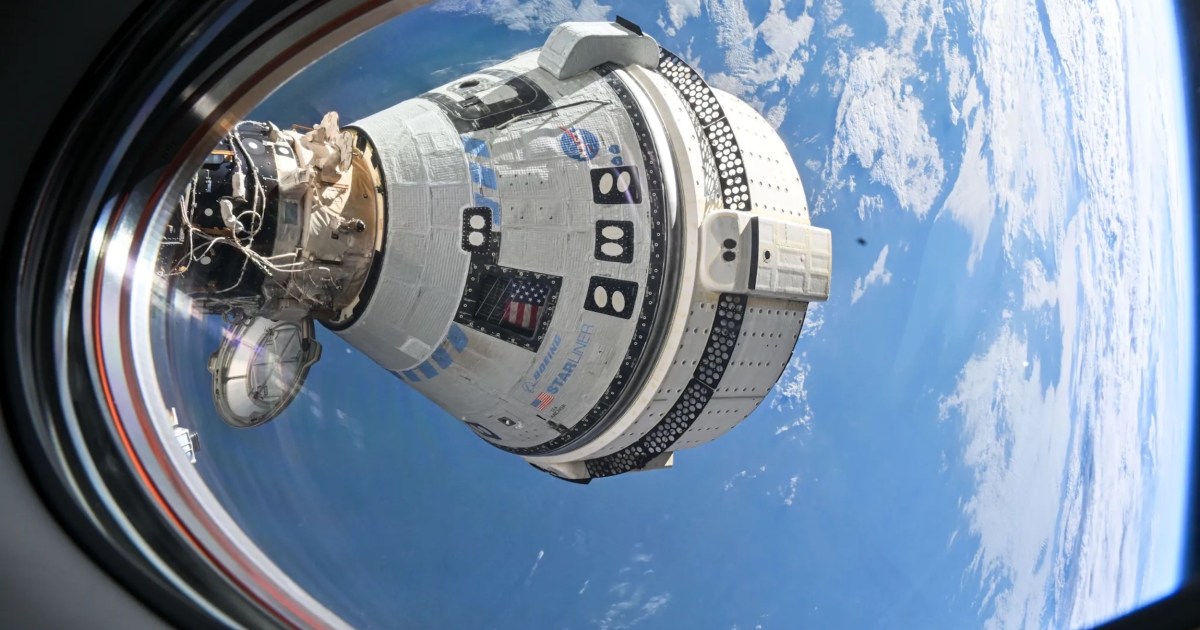
NASA is targeting Friday, September 6, for the return flight of Boeing Space’s troubled Starliner spacecraft, the agency revealed on Thursday.
The vehicle will come home from the International Space Station (ISS) nearly three months later than originally planned and without the crew that it arrived with. The flight, the outcome of which could determine the Starliner’s future, is expected to take about six hours, NASA said in a blog post on Thursday.
“After undocking [at 6:04 p.m. ET], the Starliner will take about six hours to reach the landing zone at White Sands Space Harbor in New Mexico,” NASA said in the post. “The spacecraft will touch down about 12:03 a.m. on Saturday, September 7, descending under parachutes and with inflated airbags to cushion the impact.”
The Starliner has been docked at the ISS since early June after completing its first-ever crewed flight, with NASA astronauts Suni Williams and Butch Wilmore taking the ride.
But as it approached the ISS on June 6, issues emerged with some of the spacecraft’s thrusters. Several helium leaks were also detected.
The thrusters are key in guiding the Starliner toward its reentry point into Earth’s atmosphere for the trip home, and so NASA paused the return voyage to give it time to learn more about the issue and to confirm if it was safe to put Williams and Wilmore inside the capsule for the return journey.
After much research and deliberation, NASA announced last week that out of an abundance of caution, the two astronauts would instead fly home on a SpaceX Crew Dragon spacecraft in February 2025, with the Starliner returning empty.
And now we have a target date for what’s set to be a crucial flight for Boeing’s space vehicle.
In Thursday’s blog post, NASA said that all being well, the uncrewed Starliner spacecraft will perform a fully autonomous return overseen by flight controllers at Starliner Mission Control in Houston and at Boeing Mission Control Center in Florida.
It added that if the Starliner fails to perform as expected, teams on the ground will be able to remotely command the spacecraft through the necessary maneuvers for a safe undocking, re-entry, and parachute-assisted landing.
But clearly it’s not so confident that it’s willing to put Williams and Wilmore aboard the spacecraft for the journey home.
The current mission is the Starliner’s third flight to date. The first one in December 2019 ended in failure when the vehicle was unable to reach the ISS, though it returned safely. Its second test flight, in 2022, managed to successfully dock with the ISS and also return home.
Services Marketplace – Listings, Bookings & Reviews
